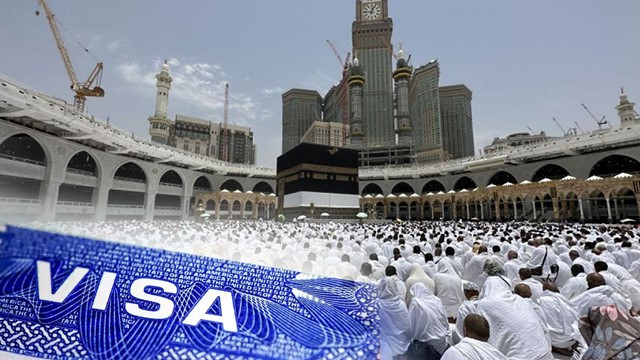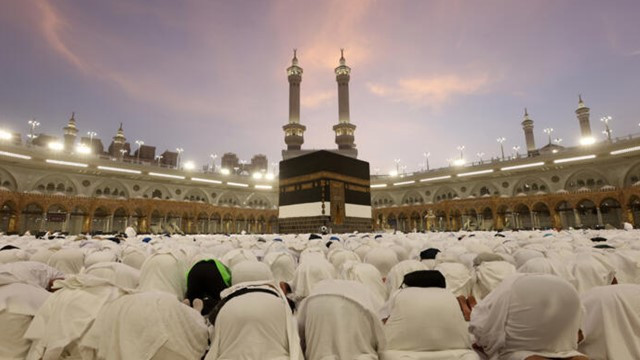২১ অগ্রহায়ণ ১৪৩২
Ramadan 2025 : may start on the first day of the Gregorian month after 33 years
23 February 2025 16:02 PM
NEWS DESK
After 33 years, the first day of Ramadan that heralds the ninth month of Hijri Calendar, will coincide with the beginning of a new month March of the Gregorian Calendar. If the moon is sighted on the designated day, the first day of the holy month will be March 1.
This rare celestial event recurs after every 33 years. "This unique synchronization is a testament to the complex interplay between the lunar and solar cycles," said Majed Abu Zahra, president of the Jeddah Astronomical Society.
Unlike the familiar Gregorian Calendar, which follows the Earth's orbit around the Sun and consists of 365 (or 366 in leap years) days, the Hijri calendar is based on the phases of the moon or lunar cycle. Each Hijri month begins with the crescent moon, making the Islamic year 10 to 12 days shorter than the solar year.
As a result, the months of the Hijri Calendar gradually shift through the seasons, completing a full cycle every three decades. Because of this cycle, the beginning of the Hijri month of Ramadan usually falls on a different date on the Gregorian Calendar.
However, in 2025, an exceptional astronomical alignment will perfectly unite the first day of Ramadan and March 1.
According to Abu Zahra, this rare moment highlights the remarkable mathematical precision of the moon and the earth’s movements. “Such adjustments don’t happen frequently, but they come back in the same way about every 33 years, although they occur in different months,” he said.
It is a reminder that time is not fixed; it’s constantly changing, influenced only by the natural rhythms of the earth and moon.
Although the two calendar systems are different, both follow the same astronomy, showing how nature regulates our time in perfect cycles.
Saudi Muslims will look for the Ramadan crescent on the evening of Friday, February 28, 2025, which coincides with 29 Sha'ban 1446 Hijri on the Islamic calendar. If the crescent moon is visible that evening, Taraweeh prayers will begin that night, and fasting will begin on Saturday, March 1, 2025. However, if the crescent moon is not visible after Maghrib (evening) prayers, Ramadan will begin on Sunday, March 2,
Muslims who see the Ramadan crescent with the naked eye or binoculars should notify the nearest court and record their testimony. They can also contact the local station, which will help them report moon sightings.
Beyond its scientific significance, this rare phenomenon carries a deeper meaning. It reminds us that time is always changing, yet everything in the universe is connected. For those observing fasting during Ramadan, the month is also about spiritual reflection, renewal, and gratitude.



















Comments Here: